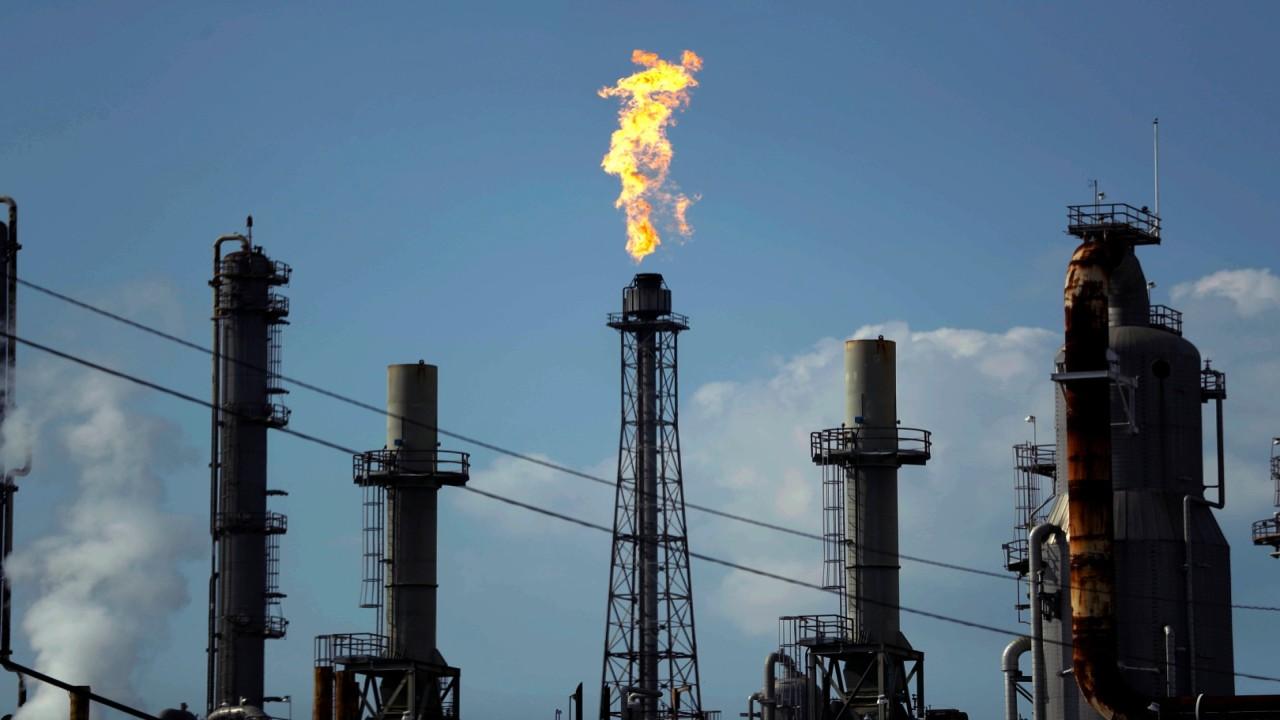How did oil prices manage to drop below zero?

A few minutes every morning is all you need.
Stay up to date on the world's Headlines and Human Stories. It's fun, it's factual, it's fluff-free.
On Monday United States oil prices dropped below zero for the first time in history.
By the end of trading on Monday, April 20, the price of a barrel of West Texas Intermediate (WTI), the benchmark for US oil, fell from US$17.85 to minus US$37.63 a barrel.
Demand for oil has dropped significantly as the coronavirus pandemic has prompted lockdowns in cities across the world, resulting in factory closures and limited travel.
The negative prices further highlight the levels at which the crisis is affecting the oil sector, with global oil demand 29 million barrels per day lower than what it was a year ago, a level that hasn’t been seen since 1995.
What the negative prices mean
With the overall value of oil dropping below zero for a time, oil producers were essentially paying buyers to take oil off their hands. This is largely over producers’ fears that capacity in storage facilities is running out.
Oil is traded with futures contracts and May’s futures contracts were due to expire on Tuesday, leading to a rush in traders trying to offload their holdings to avoid the costs of transporting and storing the oil, where it could be held for months at significant cost until lockdowns are eased.
Due to dwindling storage capacity on land, some oil firms have taken to storing their excess supply at sea in rented tankers.
Following the price drop, US President Donald Trump said that his administration planned to fill available space in the country’s Strategic Petroleum Reserve. Trump also said that he would look into a proposal for halting shipments of Saudi Arabian oil currently en route to the US.
Why there’s a glut of oil
In addition to the coronavirus pandemic, the price war between Saudi Arabia and Russia has played a significant part in the amount of excess oil that currently exists.
The two countries had each planned to pump record amounts of oil to claim a larger market share, as a result flooding the world with an excess supply.
Earlier this month, OPEC members and their allies, including the US, Russia and other G20 countries, agreed to a record deal to cut oil output by 10%, equivalent to about 9.7 million barrels a day, in order to bolster oil prices.
However, prices have continued to drop in part because these cuts won’t come into effect until May.
What it means for consumers
Plummeting oil prices have had an impact on consumers at the gas pump, with gasoline prices lower on average than last year. However, the decline in gasoline prices aren’t as drastic as those of oil prices so consumers shouldn’t expect to be paid to fill up their cars anytime soon.
Gasoline prices aren’t necessarily a perfect reflection of oil markets, and with taxes and profit margins for the seller making up part of the final price, there’s a limit to how low the price of gasoline can actually go.
[article_ad]
Have a tip or story? Get in touch with our reporters here!
Sign up for daily news briefs from The Millennial Source here!




Comments ()